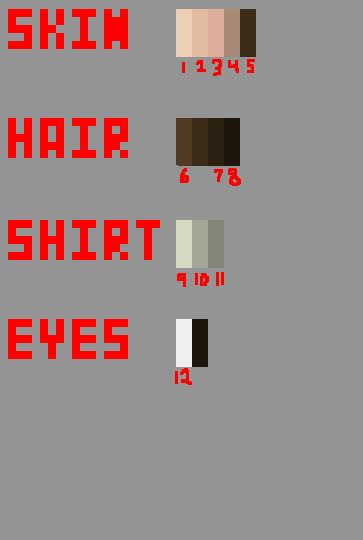http://www.youtube.com/watch?v=TGx0rApSk6w&feature=player_embedded
Sorry folks, a little dance-pop/house won't kill ya. I'm not a regular OneRepublic fan, but I enjoy a few of their songs. This one accompanied me back home from FabuRepla yesterday while I was thinking about this stuff.
NOTE: I talk about emotions and personal stuff, no hard content here today.
So this weekend I was at Fabulous Replacement. See, last year there was this Story Game con called Fabricated Realities (FabReal) that happened right before Go Play NW over in Olympia. I wasn't there, but I heard all the cool things about it at GPNW, and I wanted to go this year. Unfortunately, they couldn't secure a venue, so FabReal didn't quite happen. However, instead, Ross held Fabulous Replacement (FabRepla), a free three-day con at his house in Olympia. It was totally rad. I only went on Friday and Sunday (I was sick on Saturday D: ), but I loved every minute I was there.
* On Friday I played Montsegur 1244, a historical game about the last of the Cathars during the Albigensian Crusade. I've wanted to play this since I heard someone run it at GPNW - I was satisfied with the other stuff I played, but it stuck in my mind as one of the two that slipped through my fingers (the other was Silver and White, which is still oustanding). Very interesting experience. I'm way into Crusades stuff, and I already knew about the story of their destruction, but learning more specifically about their beliefs was fascinating.
* Later on Friday, for the night slot, I was FINALLY a player of Apocalypse World. I've run several sessions, I've played a bunch of hacks, but I've never been on the player side of ApW, and I've wanted to for over a year. I got to be the Quarantine too! That was the one I've wanted to be since the very beginning. I played an optimist, he was kind and helpful and enthusiastic while surrounded by nihilists and survivors. He was great - adorable, exploitable, annoyingly friendly.
* Sunday I got there and while I got there too late to play, I listened to almost a whole session of Fedora Noir, Morgan's game. I've been looking for a noir game for Dan for a while now, and you know what? THIS is the one I want to show once the beta goes public.
And then there was Monsterhearts.
This is not a full AP. I just want to talk about how the game fully meshed for me at last. Now, I've loved MH since the beginning, since I bought it at GPNW, since I played in September, since Joe ran it, since I wrote The Doppleganger. But it wasn't until last night that I think it really clicked into its perfect gear. I want to talk about how it did that and how that's affecting me.
Ross was running the game. The characters were Jacqueline The Queen, Lucca The Witch, Mara The Ghoul, and my character, Logan The Infernal. Logan isn't really all that weird - he's a sophomore, an average kind of guy who owes a pile of money to Lucca from a loan he used to buy his guitar. He likes The Matrix. Then over the summer he was Chosen by Salazar The Emissary who started feeding him visions of the Apocalypse. He hadn't asked much, and helped out Logan, so he was pretty happy actually, though he's worried about the future cuz the Apocalypse could come whenever.
Lucca's pretty normal too. She's got some magic under her, but she's usually just a rich girl who hangs out with her friend. There's this rumor going around that Logan's into her - the rumor was Mara's fault, she was just trying to make trouble (this was a condition that was inflicted upon Logan by Mara).
Speaking of Mara, Mara IS weird. She's dead, and she's completely okay with telling people that to cause Chaos, which she craves. She's missing an eye, you can visibly see that she's stitched together, and she's being a 15 year old sophomore for the second time now. Mara isn't relevant to my story though.
See, we went through the game as normal for the first half. During the break, I was sitting there thinking about how things were going, and I realized I was falling into the same pit my Hollow did - non-interaction. I was spending a lot of time on my own, I wasn't feeling like I was ending up in scenes with the others. I mean, they were there, but nothing serious. I'd rolled like one time as well, I wasn't at the big action areas, and cuz I was regular guy I was kinda avoiding conflict (plus contacting Salazar didn't need rolls). I realized that I had to switch something up.
So I made the rumor true.
Logan actually
did like Lucca. We hung out sometimes, we worked on projects on occasion, and we both spent time after hours in the library reading some of the really old masonic tomes (the librarian is still a mason actually - this was relevant to the plot but not my story here). And I decided to push this angle.
So Logan was at the library with her afterward, and when she left Logan was, um, elsewhere handling something for Salazar. When he got back, he chased after her, made lame excuses, and ended up walking back with her. Logan asked her if she was doing anything later - she wasn't, and gave him her number to call later.
Logan went back home and did Salazar things but ended up really stressing about what to do with Lucca. Okay, actually, I haven't a clue how much Logan stressed -
I did. Ross pushed hard at my ambiguity/hesitation. I ended up with an alternative band show that was happening in the woods that night (the woods were a major location consistently). Called her up, let her know, we were to meet at The Gap (a clearing by the school that connects to the woods) in 20 minutes.
She, uh, took an hour. Well, whatever. There was trouble, she hexed a man within an inch of his life, she's got some leeway from a mild guy like Logan. They got along, and ended up meeting up with Mara, and Logan got this demand from Salazar to IMMEDIATELY go to the library and get the librarian's ring (long story...). He said he'd watch over Lucca, as long as I did it...
So I took Lucca and Mara with me. I convinced them to come with me and they did. Once there, I grabbed the guy's ring (he was already dead - like I said, long story) where I nonchalantly revealed that I was doing this for my demon. This actually wasn't that weird - Lucca had openly done magic in front of me (and screwed in Mara's eye for her with me watching as well), and Mara is very frank and open about being a walking corpse. Wasn't a smart move for Logan to admit he probably wasn't even the weirdest one there, leading eventually to Lucca asking why he'd asked her out and Logan confessing that he really really liked her!
More happened, in the end Logan chooses not to cause the Apocalypse but is swallowed into hell as the closing moment.
That sounds like what you'd expect from Monsterhearts, right? Well, I've not quite played that way before. And it has a particular emotional resonance from me. I've never dated, never had a girlfriend. No comments on that - for the most part, it's my choice. However, through high school's junior year, I had this enormous crush on a gal, and mostly out of abject fear of rejection (in addition to excessive rationalization of said fear) I never acted on it at all. I'm over the girl, but the fact that I didn't do anything still bugs me, mostly cuz I fear I'll be paralyzed into inaction in the future as well. Going back into this high school setting as a character who I already identified a bit with (more about social status than hobbies :/) and playing through that has been, I dunno, emotionally liberating I guess. I didn't really notice it at the time, only during some later reflection on the game.
What I mean by how the game really meshed for me was that I focused not on the Monster side of things but on the Teenager side. I hadn't
really done that. I did it a bit with Cage, but the monster took over pretty fast, and I also focused on Adam's former demonhood over his teen-ness. This time, my demonic patron was really just flavor and the plot motivator, I spent most of my time just navigating high school. This was also the first time I really tried to push the Hot stat, despite a -1 in it. But really, it's just having that emotional resonance that really reminds me personally of my own high school experience is something I think the game is almost uniquely equipped to provide.
So thanks Joe for making this awesome game. Thanks Ross for hosting the con and running the game and pushing me into really going for it (even if you didn't know that's what you were doing). And special thanks to Maggie for playing Lucca and going along with things and for playing in such a manner that I felt comfortable doing a thing I had trouble with in real life.
I'm very excited to play more Monsterhearts anytime, I'm excited for the Gamerati Game Day at South Puget Sound Community College (if you're in this area, I'll be running Quiet Year most of the day!), I'm excited to get my home game back up now that Kris is done, and I'm excited to be done finals in two weeks.
End Recording,
Ego.

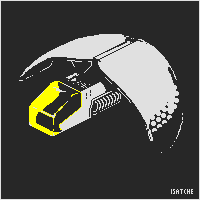
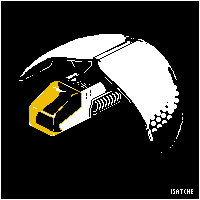
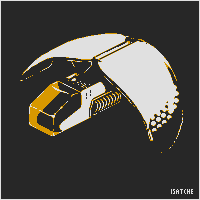
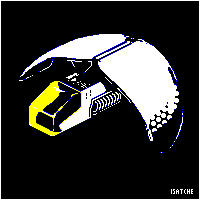



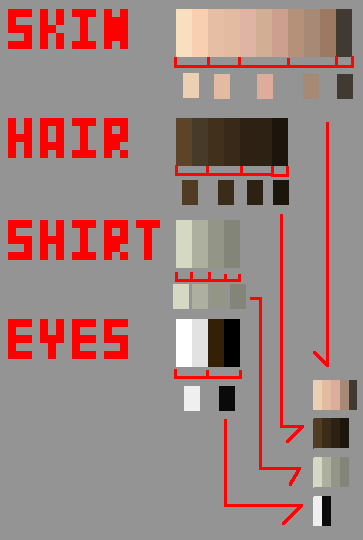 Step One (grouping similar colors
Step One (grouping similar colors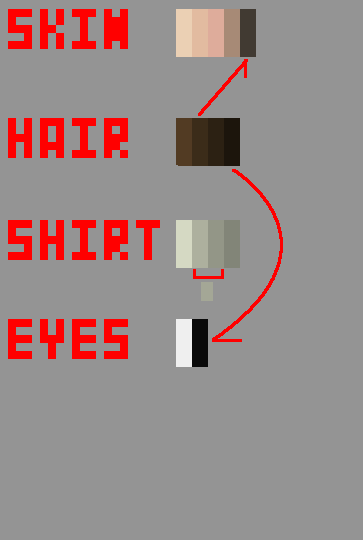 Step Two (Unifying Color Ramps)
Step Two (Unifying Color Ramps)